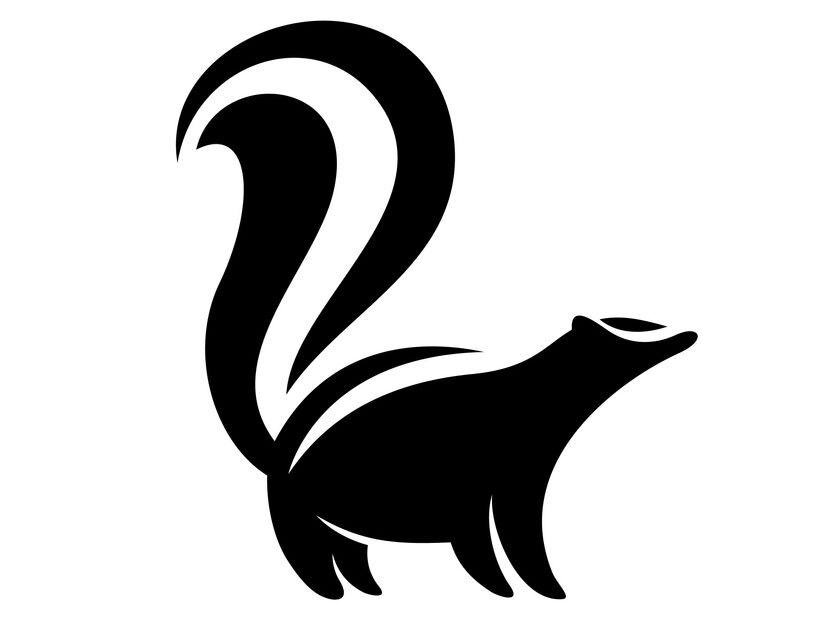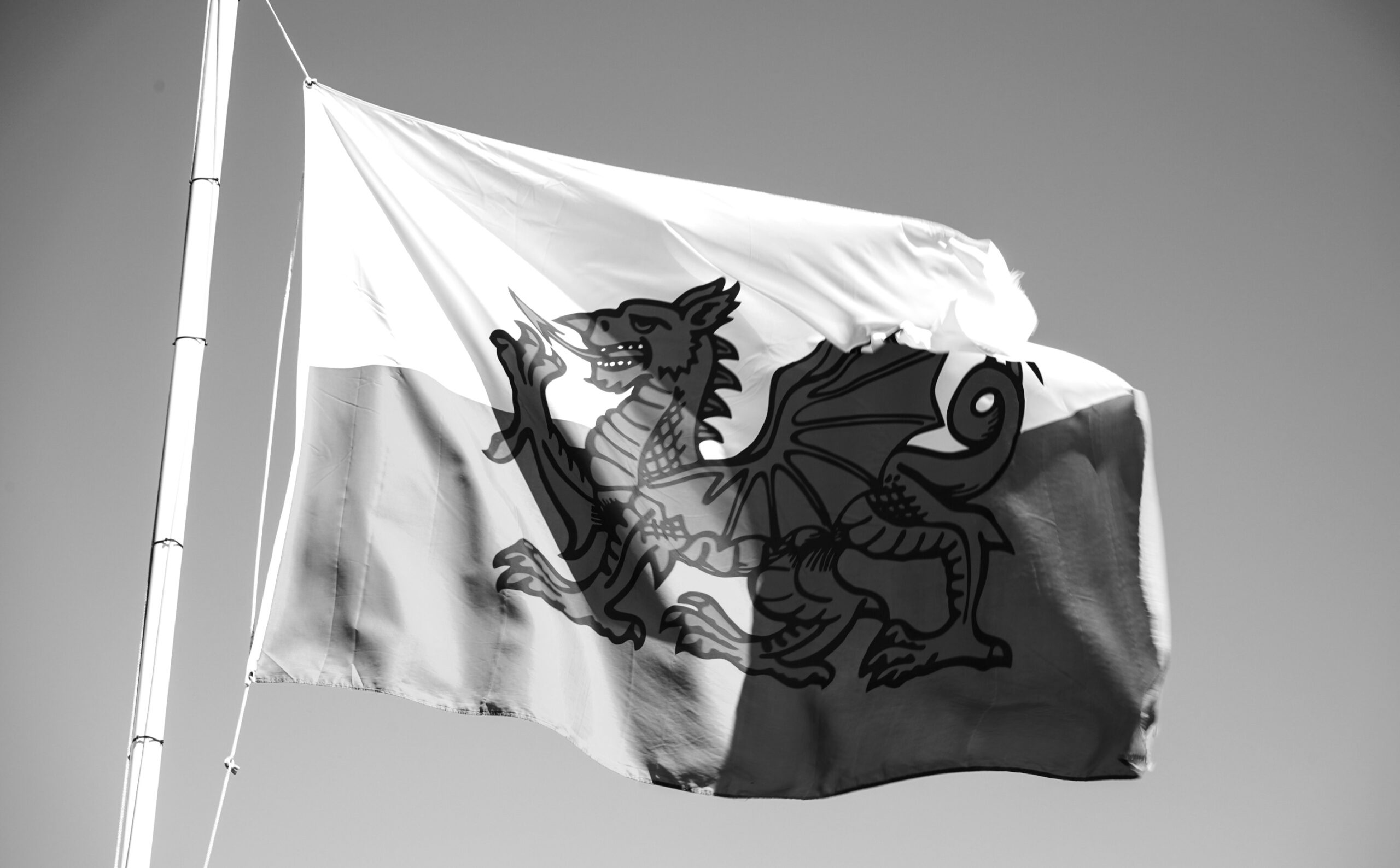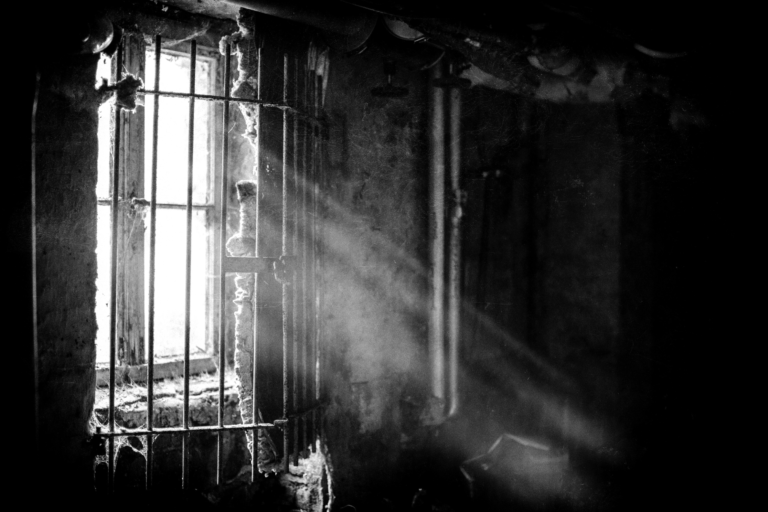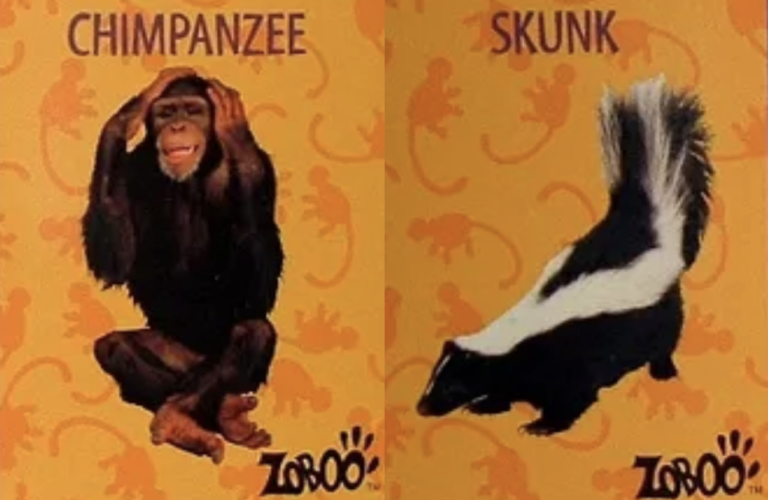Lucy Letby: The North Wales Conundrum
The spike in deaths in 2015/6 at The Countess may have been related to the temporary closure of the North Wales neonatal unit at Glan Clwyd hospital in late 2014/early 2015
Update on reporting restrictions: I have not sought legal advice about what the reimposition of reporting restrictions means for what I can write in relation to Lucy’s case but I have spoken to someone who knows about these things. The test is whether a published report poses a “substantial risk of serious prejudice.” The trial to which the reporting restrictions pertain is a year or so away (it hasn’t even started!) This blog post is not about Baby K (the case being retried) but is an objective appraisal of the publicly available, official data from key sources.
After I published my recent post Lucy Letby: A Further Look at the Infant Mortality Statistics, I was made aware of key differences between MBRRACE and ONS data in relation to definitions. MBBRACE collects data at a Trust level, so births and deaths data pertain to place (specific hospital) of birth/death. The ONS does not collect data at a Trust level but births and deaths registered via the General Register Office (i.e. postcode of home address of mother/baby). So, a baby born to a mother from, say, Wales (or who died) at CoCH would not be in the ONS’s Chester/Cheshire West data.
As you will see, Venn Diagrams are perfect for visualising this. But first, the key chart showing the MBRRACE and ONS data and some maps.
Figure 1: Neonatal deaths at CoCH (MBRRACE) and “in” Chester/Cheshire West

Source: MBRRACE, ONS (note that MBRRACE number of neonatal deaths are derived from the number of births multiplied by the rates of neonatal deaths per 1,000 births). Mortality data from the FOI request, MBRRACE, and the ONS can be found in this shared folder – https://1drv.ms/f/s!AiV2u7y3BGn0jJMsd8sIs_1A7WtoLw?e=c5axt5 ).
Figure 1 above illustrates how in 2015 and 2016 there were more deaths at CoCH than there were in Chester/Cheshire West. Since CoCH is within the Chester/Cheshire West region, this at first seems impossible, until one understands that the Chester/Cheshire West data is based on home postcode not place (hospital) where a baby died.
Figure 2: Chester and Cheshire West
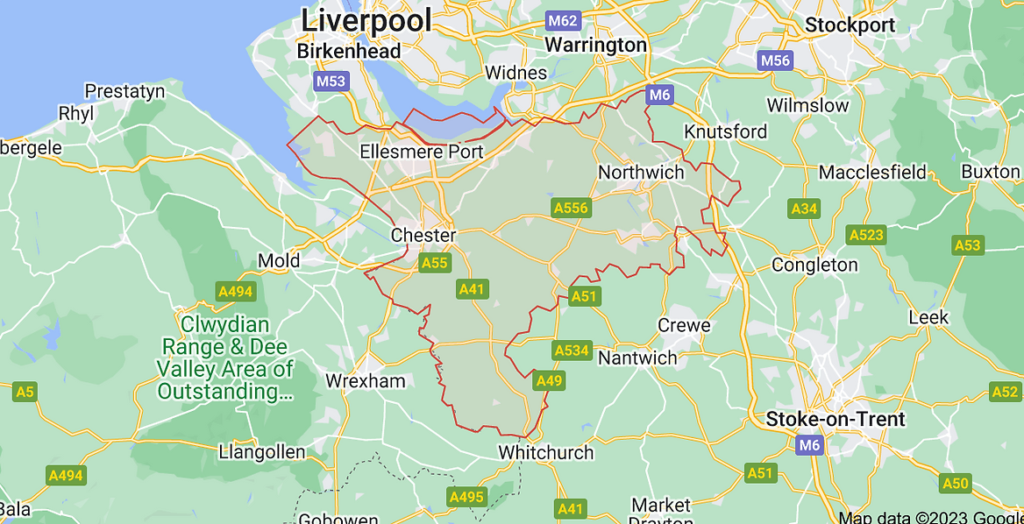
Source: Google Maps
Figure 3: Location of The Countess of Chester

Source: Neonatal unit guide, https://www.infantjournal.co.uk/nicu_list.html (Infant Journal)
Figure 4A: First of two maps showing location of key neonatal units in the region
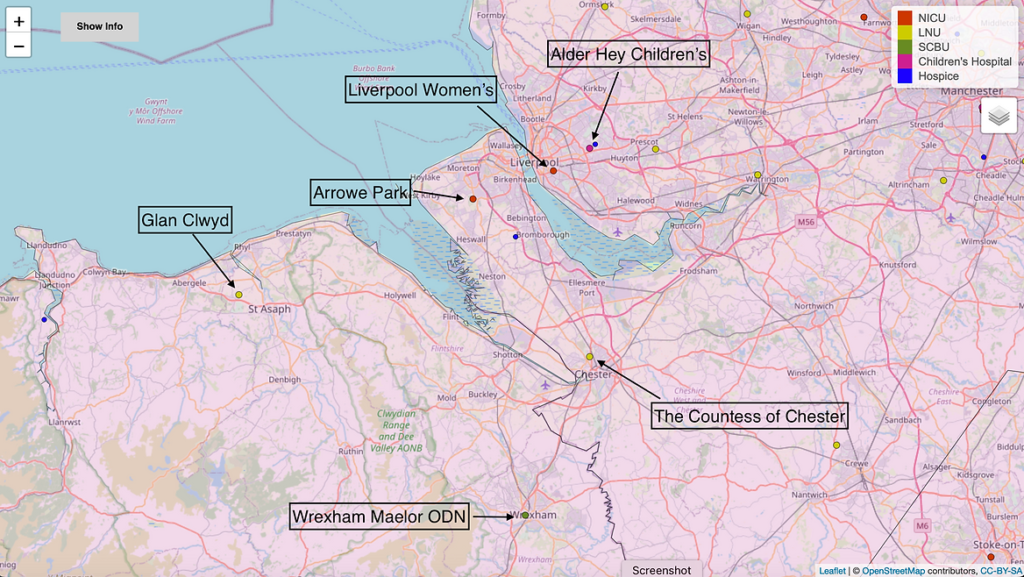
Source: Neonatal Data Analysis Unit, https://ndau-maps.github.io/UnitMap2020/ (Imperial College, London)
Figure 4B: Second of two maps showing location of key neonatal units in the region
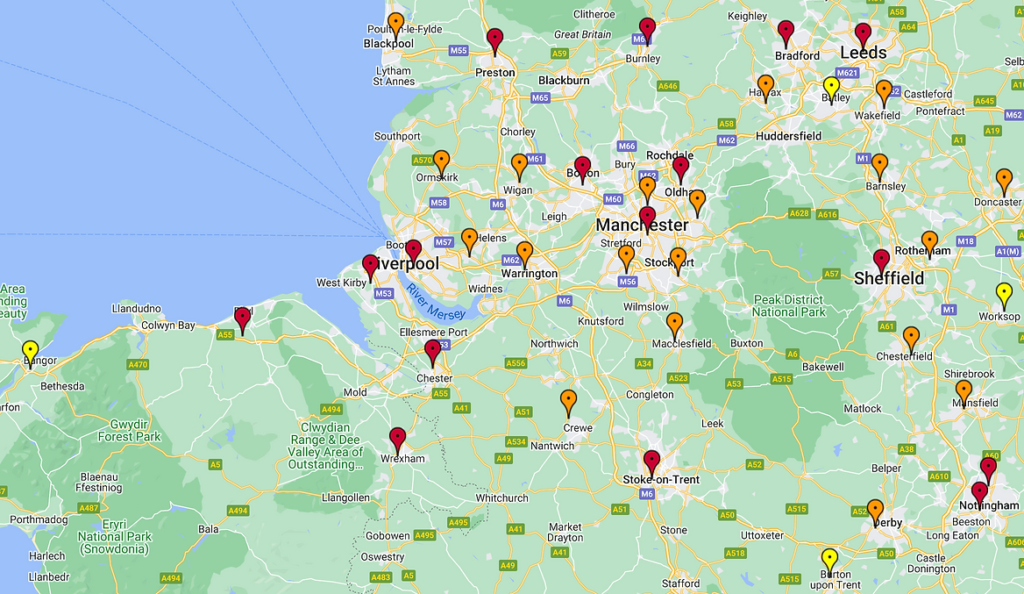
Source: Neonatal unit guide, https://www.infantjournal.co.uk/nicu_list.html (Infant Journal)
Discrepacies/points of interest:
- Alder Hey Children’s Hospital on NDAU map but not on Infant Journal map
- CoCH listed as an LNU on NDAU but as NICU on Infant Journal
- CoCH was downgraded (from a Level 2 LNU to a Level 1 SCBU) in July 2016 so it looks like it was upgraded (to a Level 2 LNU or Level 3 NICU) at some point since then
- Glan Clwyd listed as LNU on NDAU but as NICU on Infant Journal
- Wrexham ODN listed as SCBU on NDAU but as NICU on Infant Journal
The above should of course be investigated further by anyone carrying out a more robust analysis in the future.
Now, the maths……
Figure 5: Generalised Venn Diagram

Figure 6: Introducing generalised CoCH data (MBRRACE) and Chester/Cheshire West data (ONS) to the Venn Diagram

Figure 7: Introducing specific (for year 2015) CoCH data (MBRRACE) and Chester/Cheshire West data (ONS) to the Venn Diagram
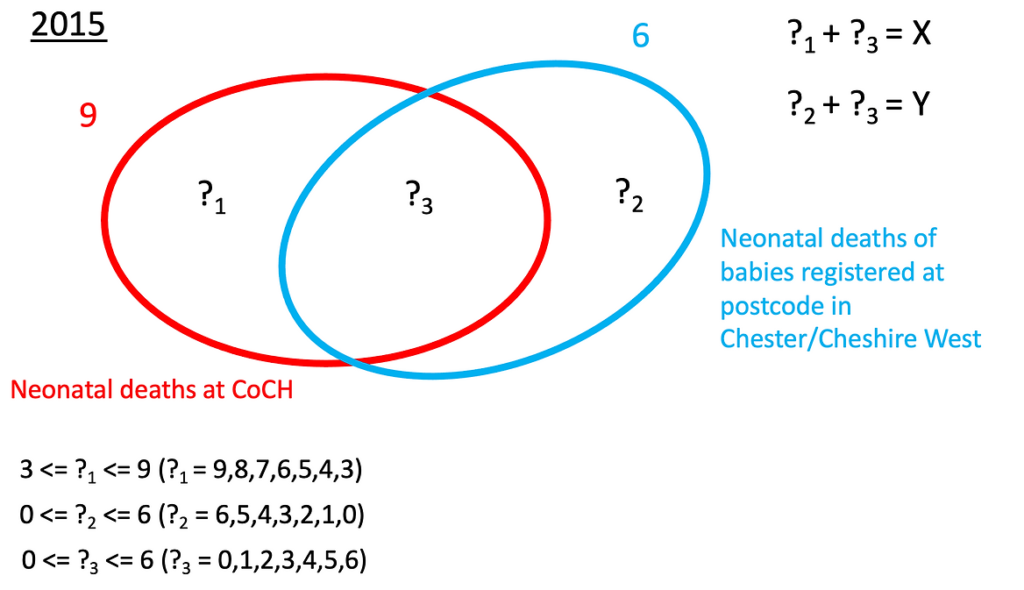
Figure 7 above shows that in 2015, ?1, ?2 and ?3 can take the values (9,6,0), (8,5,1)…..or (3,0,6). The question is, what should be considered reasonable values for ?1, ?2 and ?3 for each of the years from 2015 to 2020 (the years where there is data from both MBRRACE and the ONS)? We must make assumptions.
The aim of the exercise is to make assumptions that are reasonable and ultimately to see what the implications are for the number deaths at CoCH of babies registered at a postcode outside Chester/Cheshire West (North Wales, for example).
So, let’s start off with what we know. I have set out three scenarios for reasons that will become clear. In the tables below, I have made three sets of assumptions (explained below). The assumptions are highlighted in light yellow.
Step 1:

It seems clear from Figure 1 (chart) and Step 1 (table) above that:
- the number of deaths of babies registered to a home address in Chester/Cheshire West (ONS data) was fairly stable
- the number of deaths at CoCH (MBRRACE data) was materially elevated in 2015 and 2016
It is not clear why, despite CoCH being the main neonatal unit within Chester/Cheshire West, the number of deaths of babies registered to Chester/Cheshire West postcodes did not fall in 2017 (as did number of deaths at CoCH). Perhaps it was because many babies registered to postcodes in Chester/Cheshire West were sent to the three units in Liverpool (Arrowe Park, Liverpool Women’s, Alder Hey). Or perhaps it related to News item #8 below (‘Babies forced to travel more than 28 miles during labour more at risk from neonatal death, says study’) such that the rise in deaths at CoCH related to babies sent to CoCH from North Wales as a result of the temporary closure of Glan Clwyd which would not have affected babies closer to CoCH. And perhaps if doctors knew that because of the closure of Glan Clwyd and the transfer to CoCH, they instead sent babies who otherwise would have gone to CoCH to one of the Liverpool hospitals. I have also been told that within the region, the neonatal unit at CoCH had a pretty awful reputation, supported by News Item # 1 below.
Regardless, let’s assume that the ONS data was stable outside of 2015 to 2020 and therefore that the number of deaths in 2014 and 2021 was equal to the average for 2015 to 2020.
Assumption #1: ONS data for 2014 and 2021 are based on the average of 2015 to 2020
Step 2: Accounting for Assumption #1

Given that the two years of unusually high neonatal deaths at CoCH were 2015 and 2016, let’s assume that deaths at CoCH outside these years of babies registered at postcodes outside Chester/Cheshire West were stable. This means either 0 per year, 1 per year, or 2 per year (it will become clear why there is no need to consider 3 per year).
Assumption #2: Non-Chester/Cheshire West neonatal deaths at CoCH outside of 2015 and 2016 of either 0, 1 or 2.
Step 3: Accounting for Assumption #2

We can now calculate number of neonatal deaths at CoCH outside of 2015 and 2016 of babies registered at postcodes in Chester/Cheshire West, as in Step 4 below.
Step 4:

We can then calculate number of neonatal deaths outside of CoCH of babies registered at postcodes within Chester/Cheshire West, as in Step 5 below.
Step 5:

Let’s now assume that neonatal deaths of babies at CoCH registered at postcodes within Chester/Cheshire West was stable and that such deaths in 2015 and 2016 equaled the average of 2014 and 2017 to 2021, as in Step 6 below.
Step 6:

We can now calculate the number of deaths at CoCH of babies registered at postcodes within Chester/Cheshire West, as in Step 7 below.
Step 7:

Since a negative number in Scenario 3 is absurd, we can discount that scenario, as in Step 8 below.
Step 8:

We can now calculate the number of neonatal deaths at CoCH of babies registered at postcodes outside of Chester/Cheshire West, as in Step 9 below.
Step 9:

You can check if the numbers in the Step 9 table above are consistent by adding ?1 and ?3 (to get X) and ?2 and ?3 (to get Y).
The rather astonishing conclusion (and I welcome feedback on where my analysis may have been wrong or my assumptions unreasonable) is that most of the elevated number of deaths at CoCH in 2015 and 2016 were of babies registered at postcodes outside of Chester/Cheshire West. This makes sense given News Item #8 below and does not discount the possibility that there was some sort of outbreak of a water-borne virus at CoCH in 2015 that would have made babies travelling a long distance even more vulnerable.
I will let you peruse the 27 news items below. Suffice to say that they tell a story of pressure being put on CoCH in 2015 and 2016 as a result of what was going on at neonatal units in North Wales.
I have also included below as an Appendix an email I received from the ONS is response to a query I made about the differences/discrepancies between ONS and MBRRACE data. I don;t believe there is anything in it that renders my analysis in this post obsolete but, again, I welcome thoughts.
News item #1
December 2003
One of the most MRSA infected in the country
THE Countess of Chester Hospital has been named and shamed as one of Britain’s worst hospitals where patients are most at risk of catching one of the most feared superbugs.
https://www.cheshire-live.co.uk/news/chester-cheshire-news/one-most-mrsa-infected-country-5303430
News item #2
January 2013
Health minister must step in over North Wales hospital and baby care cuts
HEALTH Minister Lesley Griffiths must intervene in a health board’s decision to transfer intensive care services for the most at-risk newborns to England and controversial plan to axe hospitals and services.
https://www.dailypost.co.uk/news/north-wales-news/health-minister-must-step-over-2642179
News item #3
April 2013
Wrexham Maelor Hospital could lose special care baby unit
Intensive care neo-natal units could be shut at either Wrexham Maelor Hospital or Ysbyty Glan Clwyd, Bodelwyddan
https://www.dailypost.co.uk/news/north-wales-news/wrexham-maelor-hospital-could-lose-2820293#
News item #4
May 2014
Glan Clwyd hospital to house North Wales neonatal intensive care centre
Region’s sick babies to be cared for at Bodelwyddan after First Minister chooses it ahead of Wrexham Maelor
https://www.dailypost.co.uk/news/north-wales-news/glan-clwyd-hospital-wins-race-7114553
News item #5
May 2014
Glan Clwyd to be new neonatal care site, minister says
Intensive care services for babies in north Wales are to be centralised at Ysbyty Glan Clwyd, Bodelwyddan, the Welsh government has decided.
https://www.bbc.co.uk/news/uk-wales-27397146
News item #6
February 2015
Maternity services at Ysbyty Glan Clwyd set to be downgraded as doctor led care withdrawn
Bodelwyddan hospital will offer midwife-led care only to expectant mums from April for at least 12 months, if the controversial proposal is approved
https://www.walesonline.co.uk/news/health/maternity-services-ysbyty-glan-clwyd-8616697
News item #7
February 2015
Outrage as maternity services at Ysbyty Glan Clwyd to be downgraded
Health board chairman says they have 18 months to resolve issues and axed services must be returned ahead of neonatal intensive care centre opening
https://www.dailypost.co.uk/news/north-wales-news/outrage-maternity-services-ysbyty-glan-8616227
News item #8
March 2015
Babies forced to travel more than 28 miles during labour more at risk from neonatal death, says study
Politicians argue that the evidence proves the health board’s plans to downgrade maternity services at Glan Clwyd will put more lives in danger
https://www.dailypost.co.uk/news/north-wales-news/babies-forced-travel-more-28-8839436
News item #9
May 2015
Ysbyty Glan Clwyd judicial review over maternity downgrade set to start
Two day hearing at Mold County Court will examine how the Betsi Cadwaladr board reached its controversial decision to remove doctor-led care from Bodelwyddan
https://www.dailypost.co.uk/news/north-wales-news/ysbyty-glan-clwyd-judicial-review-9193260
News item #10
July 2015
Health board U-turn over Ysbyty Glan Clwyd maternity plans
A health board has performed a U-turn over plans to contest a judicial review into downgrading maternity services at a Denbighshire hospital.
https://www.bbc.co.uk/news/uk-wales-north-east-wales-33367737
News item #11
December 2015
Betsi Cadwaladr health board baby care U-turn confirmed
Plans to suspend consultant-led maternity care at one of north Wales’ main hospitals have been scrapped, the health board has confirmed.
https://www.bbc.co.uk/news/uk-wales-35038164
News item #12
March 2016
Glan Clwyd Hospital plan for neo-natal care unit agreed
Plans to develop a new neo-natal baby care unit in north Wales have been approved by the Welsh Government.
https://www.bbc.co.uk/news/uk-wales-35800710
News item #13
May 2017
Campaigners call for ‘best’ neonatal services in wake of Countess of Chester baby deaths probe
Of the 7,000 births in the Besti Cadwaladr University Health Board area a year around 600 North Wales babies are delivered in Chester
https://www.dailypost.co.uk/news/north-wales-news/campaigners-call-best-neonatal-services-13057169
News item #14
August 2017
Family of 16-week premature baby test new neonatal ICU kit
Baby Jude weighed just 1lb 12oz when he was born 16 weeks prematurely.
https://www.bbc.co.uk/news/uk-wales-north-east-wales-40904152
News item #15
February 2018
‘Sick and premature babies will receive best possible start in life’ Infants now receiving care at new look neonatal unit
The Sub-Regional Neonatal Intensive Care Centre will look after newborn infants from across North Wales with significant needs
https://www.dailypost.co.uk/news/north-wales-news/sick-premature-babies-receive-best-14257993
News item #16
February 2018
Glan Clwyd neonatal unit: First babies treated at £18m facility
An £18m neonatal intensive care unit in Denbighshire has begun treating its first sick and premature babies.
https://www.bbc.co.uk/news/uk-wales-north-east-wales-42950451
News item #17
September 2018
Wrexham baby might have stood a better chance of survival if born at Wirral hospital, inquest told
A PREMATURE baby who died at Wrexham Maelor Hospital might have faced a better chance of survival had he been born at a specialist regional centre, an inquest was told.
News item #18
November 2018
‘It would be nice if parents were able to look back’
Inspired by her own experiences, Lisa Jones designed a diary to enable families to keep track of their baby’s progress in the neonatal unit, Madeleine Scott reports
News item #19
April 2019
Health minister apologises after 27 baby deaths at two Welsh NHS maternity units as they are placed into special measures after investigation finds staff are under ‘extreme pressure’
News item #20
June 2019
Prestatyn Dental holds open day in support of Glan Clwyd Hospital’s special baby care unit
A PRESTATYN dental surgery will say thank you for its warm welcome to the town by giving up the proceeds of a day’s worth of trade to the area’s special care baby unit.
News item #21
March 2020
Important update for anyone with relatives in any North Wales hospital
The decision to all but ban all visits has come in a bit to help prevent the spread of Covid-19
https://www.dailypost.co.uk/news/north-wales-news/full-list-strict-new-north-17984636
News item #22
June 2020
FUNDRAISING HELPS PURCHASE SPECIALIST EQUIPMENT FOR NEONATAL UNIT
Thousands of pounds have helped towards paying for new equipment at Ysbyty Gwynedd’s Neonatal Unit by the family of a boy who was given lifesaving treatment as a newborn.
News item #23
September 2021
How couple left ‘broken’ by tragic loss of son found help and support in their darkest hours
Antonia Demia Lewis and Aaron Houlston are backing a campaign by SANDS to light up landmarks
https://www.dailypost.co.uk/news/north-wales-news/how-couple-left-broken-tragic-21668385
News item #24
October 2021
‘Our baby was born at 24 weeks weighing just 1lb 10oz’
Claire Stones has relived giving birth to baby Erin who was so premature that her vital organs had not been formed properly meaning the tot couldn’t breathe independently and needed heart surgery aged just nine weeks
https://www.walesonline.co.uk/news/health/our-baby-born-24-weeks-21861151
News item #25
August 2023
Lucy Letby: When did BCUHB learn of concerns over baby deaths, MS asks
AN MS HAS questioned when Betsi Cadwaladr University Health Board (BCUHB) were made aware of concerns over the high number of baby deaths at the Countess of Chester Hospital.
News item #26
September 2023
Five of the babies in killer nurse Lucy Letby’s trial were from Wales
The Welsh cases will be considered in a statutory inquiry into Letby’s murder and attempted murder of babies in an NHS hospital
https://www.walesonline.co.uk/news/wales-news/five-babies-killer-nurse-lucy-27653002
News item #27
September 2023
Lucy Letby inquiry to consider experiences of Welsh patients
The inquiry into the Lucy Letby case will consider the experience of babies from Wales using services in England, it has been confirmed.
https://www.bbc.co.uk/news/uk-wales-66713671
Appendix 1: Email from ONS in relation to differences between ONS and MBRRACE definitions
Hi Peter,
The Office for National Statistics’s (ONS’s) figures on perinatal mortality are based on all births and deaths registered via the General Register Office regardless of gestational age, and all stillbirths registered at 24 weeks or more gestation in line with the Stillbirth (Definition) Act 1992.
Mothers and Babies: Reducing Risk through Audits and Confidential Enquiries across the UK (MBRRACE-UK) figures on stillbirth and neonatal mortality rates exclude births below 24 weeks gestational age and births that resulted in a death following termination of pregnancy.
Reasons for these exclusions
- Using this definition is consistent with the gestational age cut-off for stillbirths; MBRRACE-UK’s main focus is reporting on extended perinatal deaths (stillbirth and neonatal death), so it seems logical to use the same gestational age threshold used to legally define stillbirths in the UK for early neonatal deaths, which is 24 weeks.
- As babies born showing no signs of life before 24 weeks (late fetal losses) are not legally required to be registered in the UK, MBRRACE-UK cannot validate ascertainment using registration data that the ONS shares with them.
- Historically, there has been wide variation in whether NHS trusts and health boards report births before 24 weeks as late fetal losses (that will not be reflected in ONS birth or death registrations) or as live births resulting in neonatal deaths (registered as both a birth and a death); this variation in registration practice resulted in MBRRACE-UK’s decision to focus on births at 24 weeks gestational age or above, which has been the case since their first Perinatal Surveillance Report detailing deaths in 2013 (PDF, 22.0MB).
- MBRRACE-UK mortality rates exclude stillbirths and neonatal deaths following termination of pregnancy to minimise the impact of policy differences in the provision and timing of antenatal screening and population differences in the uptake of Termination of Pregnancy because of Fetal Anomaly (TOPFA) between organisations.
Kind regards,

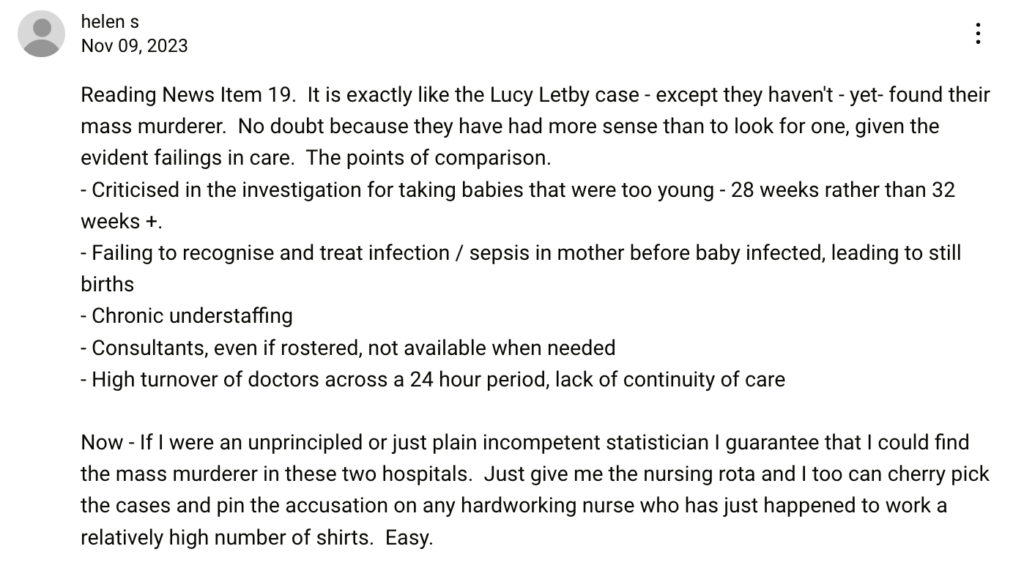
© Chimp Investor Ltd
